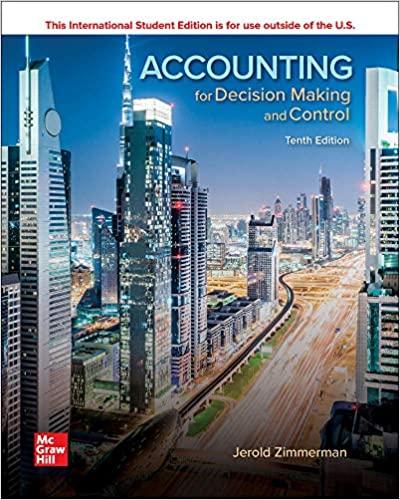Answered step by step
Verified Expert Solution
Question
1 Approved Answer
2 On 1/1/20-2 Jordan Rhodes purchased a business for 500,000 consisting of the following tangible assets and liabilities: premises 430.000: stock 21.000: debtors 25,600; three

Step by Step Solution
There are 3 Steps involved in it
Step: 1

Get Instant Access to Expert-Tailored Solutions
See step-by-step solutions with expert insights and AI powered tools for academic success
Step: 2

Step: 3

Ace Your Homework with AI
Get the answers you need in no time with our AI-driven, step-by-step assistance
Get Started


